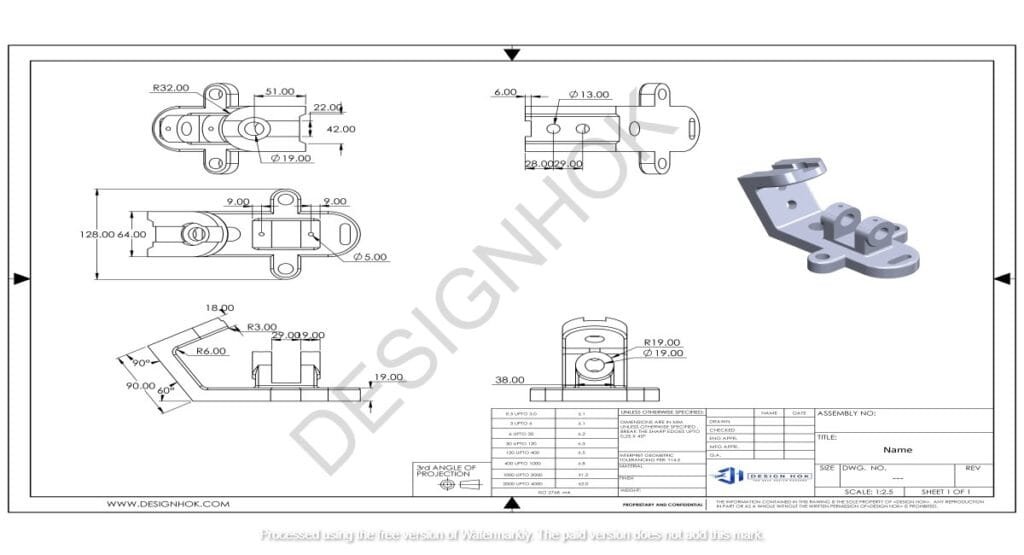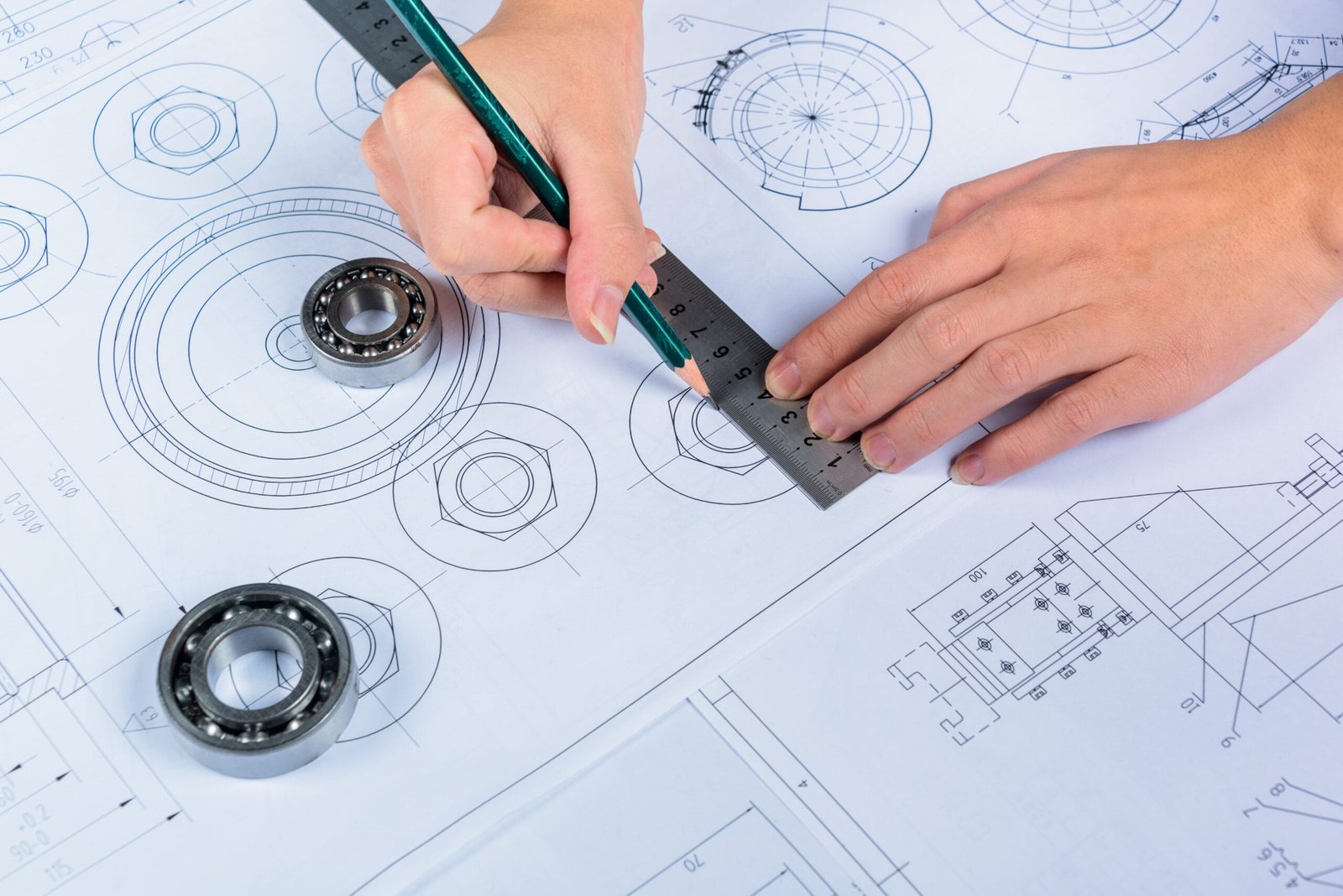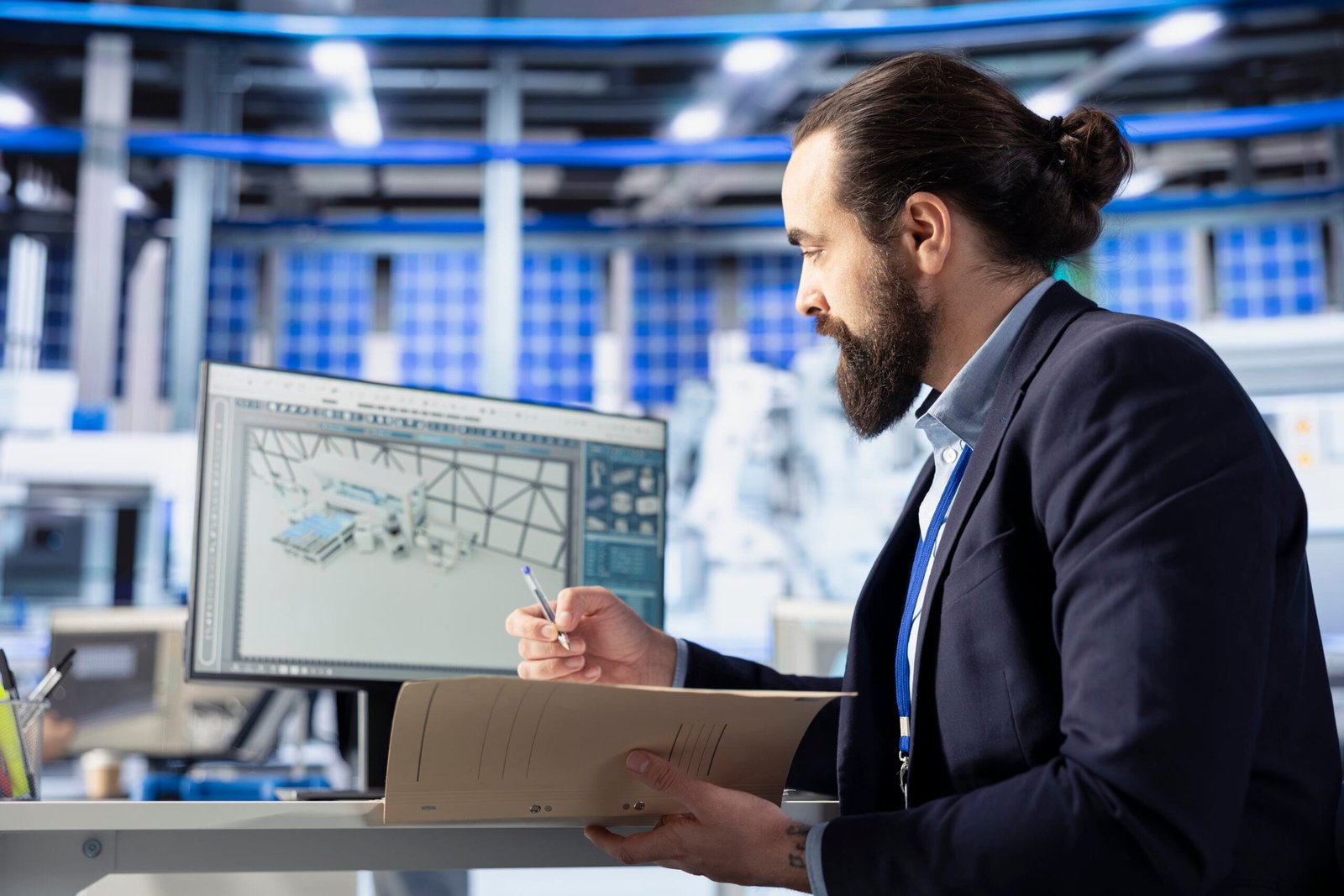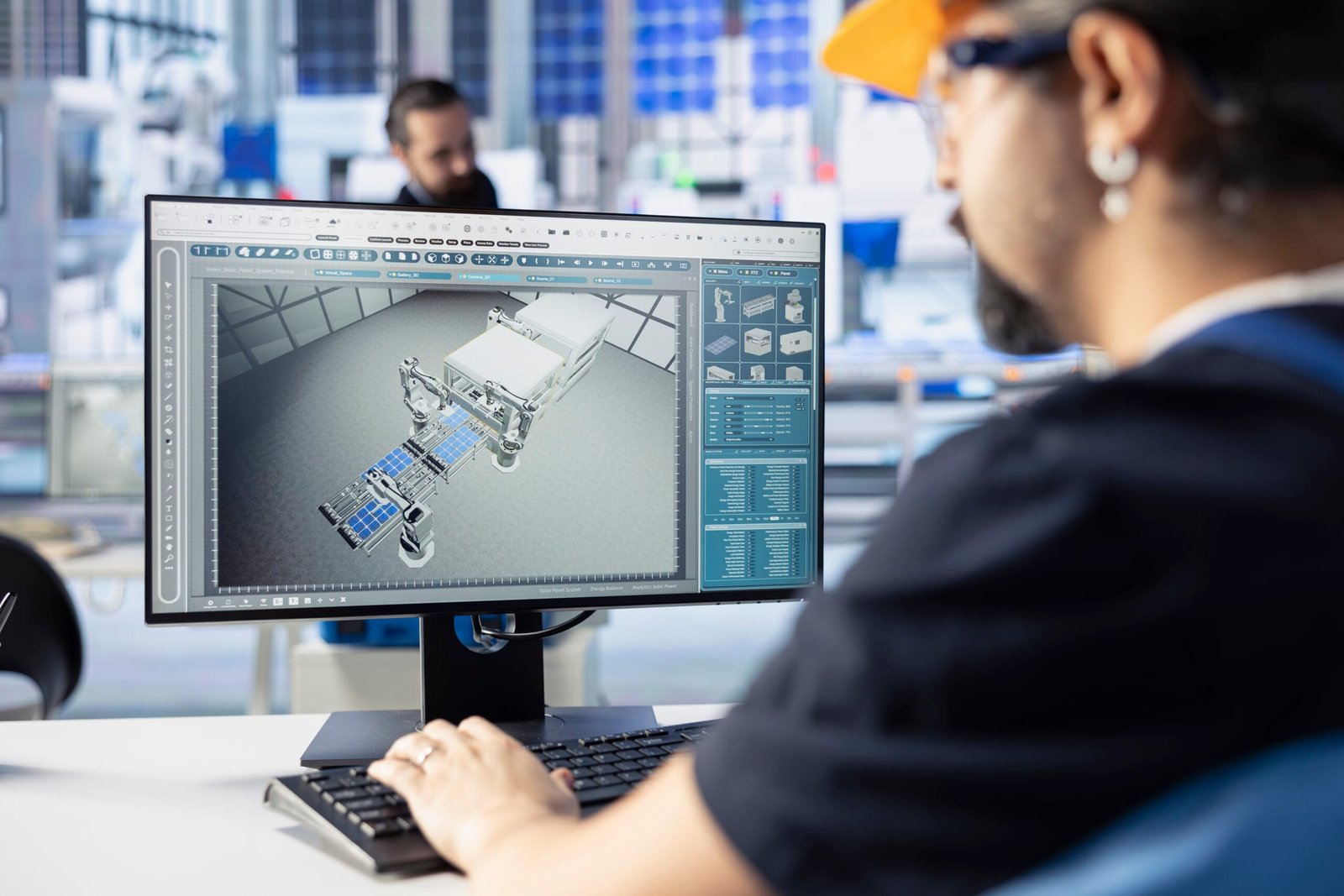Description:
Explore the key Understanding the Difference Between 3D Modeling and 3D Rendering, how each process works, and why they are essential in design, engineering, architecture, and entertainment. This guide is perfect for beginners looking to understand the distinct roles these processes play in visual creation.
Introduction
In the world of digital design, architecture, animation, and product development, two commonly used terms often surface: Difference Between 3D Modeling and 3D Rendering. While they may sound similar, they represent two distinct processes that work hand-in-hand to bring ideas to life in the virtual world. Understanding the Difference Between 3D Modeling and Difference Between 3D Modeling and 3D Rendering is crucial for anyone involved in digital design, whether you’re a beginner, a client hiring a 3D artist, or a business integrating visualizations into your workflow.
This blog will clearly define what each process involves, how they complement one another, the tools used, and why both are critical to delivering visually engaging and technically accurate projects.
What is Difference Between 3D Modeling and 3D Rendering?
3D modeling is the process of creating a digital representation of an object or surface in three dimensions. It involves using specialized software to construct geometry using points, lines, edges, and polygons, which form the basis of the 3D model.
These models can represent anything—from a simple mechanical component to a detailed architectural structure or an animated character.
Key Characteristics of 3D Modeling:
- Focus: Shape, form, and structure
- Tools used: Blender, Autodesk Maya, 3ds Max, SolidWorks, Rhino, AutoCAD, SketchUp
- Output: Editable files (e.g., .obj, .stl, .fbx, .blend)
- Purpose: Used in design, prototyping, engineering, game development, film production
In short, 3D modeling builds the “skeleton” or “blueprint” of the object.
What is 3D Rendering?
3D rendering is the process of converting a 3D model into a 2D image or animation that shows the model in a realistic or stylized way. It involves applying materials, textures, lighting, camera angles, and environments to theDifference Between 3D Modeling and 3D Rendering to make it visually appealing or photorealistic.
Rendering takes the 3D data and processes it to create a final image or video that simulates real-life scenes.
Key Characteristics of 3D Rendering:
- Focus: Realism, lighting, materials, environment
- Tools used: V-Ray, Blender Cycles/Eevee, Arnold, KeyShot, Lumion, Corona Renderer
- Output: Images or videos (e.g., .jpg, .png, .mp4)
- Purpose: Used in marketing, architecture visualization, animation, and product showcases
Rendering is what makes a plain digital model look “real” to the viewer.
Core Difference Between 3D Modeling and 3D Rendering
| Feature | 3D Modeling | 3D Rendering |
|---|---|---|
| Definition | Creation of a 3D object in digital space | Creation of a 2D image from a 3D object |
| Goal | Define structure and shape | Enhance realism and visual appeal |
| Input | Concepts, sketches, blueprints | 3D model with materials and lights |
| Output | 3D files (.obj, .stl, etc.) | Rendered images or animations (.jpg, .png, .mp4) |
| Skills Required | Geometry, proportions, spatial awareness | Understanding of lighting, textures, and camera settings |
| Use Cases | Engineering, CAD, animation, prototyping | Marketing visuals, architectural renders, movies |
| Time Required | Can be extensive, especially for detailed models | Can also be time-consuming, especially for high-quality images |
How Do They Work Together?
Though Difference Between 3D Modeling and 3D Rendering, they are part of the same design pipeline. You cannot render an object unless it’s first modeled. Here’s a simplified breakdown of the process:
- Modeling: A 3D artist creates the digital shape (for example, a chair or building).
- Texturing: The artist applies materials or textures (wood, metal, fabric).
- Lighting & Camera Setup: Virtual lights and cameras are positioned for the best visual effect.
- Rendering: The scene is rendered into a 2D image or animation to show the final result.
Together, they form the full digital creation process—from concept to visualization.

Real-World Applications
1. Architecture & Interior Design
- Modeling: Create structures, floor plans, and interior layouts.
- Rendering: Show the finished project with lighting, furniture, textures, and real-world context.
2. Product Design
- Modeling: Build digital prototypes of consumer products.
- Rendering: Present the product with branding, materials, and realistic lighting to clients or customers.
3. Entertainment & Gaming
- Modeling: Design characters, environments, and props.
- Rendering: Generate cinematic visuals, trailers, or gameplay scenes with mood, atmosphere, and style.
4. Marketing & Advertising
- Modeling: Craft custom items tailored to campaigns.
- Rendering: Create stunning, high-resolution images for print, websites, and commercials.
Tools Used in Both Processes
While some tools specialize in either modeling or rendering, others offer both:
- Blender – A free and open-source tool offering professional-grade modeling and rendering.
- Autodesk Maya & 3ds Max – Industry-standard tools for modeling and rendering in animation and games.
- SketchUp + V-Ray – Popular for architectural modeling and photo-real rendering.
- KeyShot – Known for fast, accurate product rendering with drag-and-drop materials.
- Cinema 4D – Great for motion graphics and visual effects workflows.
At DesignHok, Blender is used extensively for both modeling and rendering because of its flexibility, active community, and no-cost license.
Which Comes First: Modeling or Rendering?
Always start with modeling. Think of it as creating the form, while rendering adds the finishing touch—like painting and lighting a sculpture.
Trying to render without a Difference Between 3D Modeling and 3D Rendering is like trying to photograph a ghost—it simply doesn’t exist in space yet.
Why It Matters to Understand the Difference
Understanding the difference helps:
- Clients know what services they need.
- Designers plan their workflow better.
- Businesses allocate time and budgets more effectively.
- Students focus their learning in the right areas first.
For example, a client who only wants product images doesn’t need to learn modeling—they can hire a designer who handles both.
Conclusion
While Difference Between 3D Modeling and 3D Rendering are closely linked in the creative and design process, they serve very different purposes. Modeling creates the structure and shape; rendering brings it to life visually. Both are essential in producing stunning, accurate, and meaningful digital visuals used across various industries like architecture, engineering, entertainment, and marketing.
Difference Between 3D Modeling and 3D Rendering how these two elements work together will help anyone—designer or client—communicate better, create more efficiently, and deliver more impressive results.
Whether you’re building models for function or Difference Between 3D Modeling and 3D Rendering them for flair, recognizing the distinction will enhance your workflow and your outcomes.
FAQs
Q1: Can I render something without modeling it first?
No. You need a 3D model before rendering. Rendering only visualizes what already exists in 3D space.
Q2: Is 3D modeling harder than 3D rendering?
It depends. Modeling requires spatial and technical skills, while rendering demands artistic and visual sense. Both have their challenges.
Q3: Do I need separate software for modeling and rendering?
Not always. Some tools like Blender and Maya handle both, but many professionals use specialized rendering engines for better results.
Q4: Can I use 3D rendering for animation?
Yes. Rendered images can be sequenced into frames to create animated scenes or product demos.
Q5: What file format is used for 3D models and rendered images?
3D models: .obj, .fbx, .stl
Rendered images: .jpg, .png, .tiff
Rendered animations: .mp4, .mov, .avi
Q6: How long does 3D rendering take?
Depending on complexity, rendering can take seconds to hours. High-quality photo-realistic renders take more time due to lighting and texture calculations.





